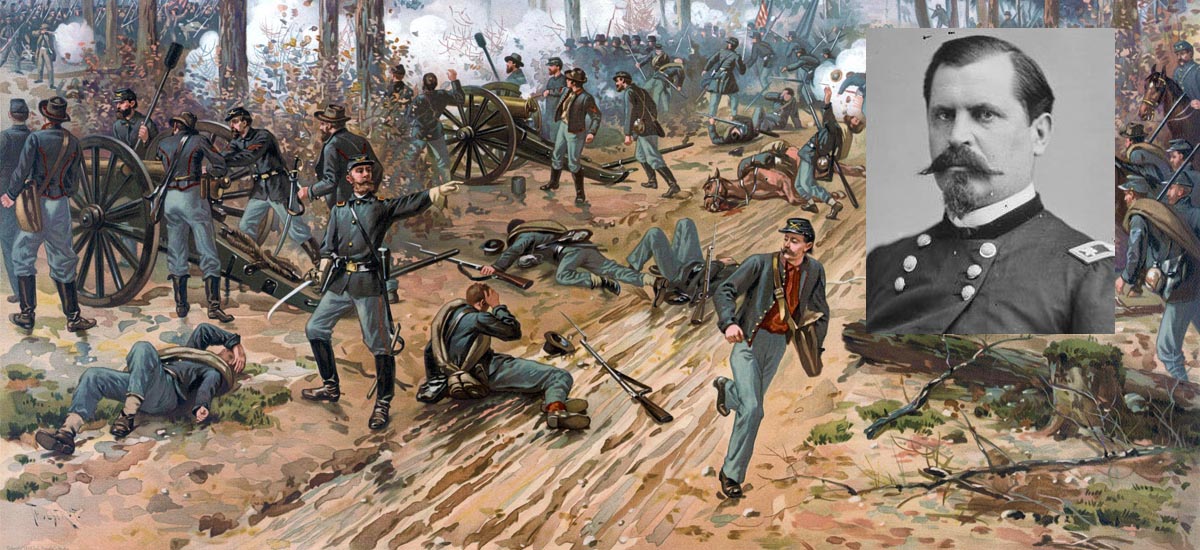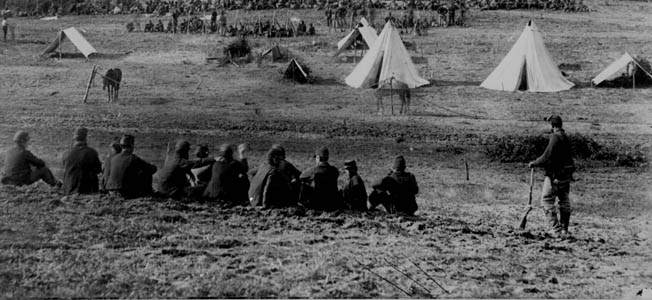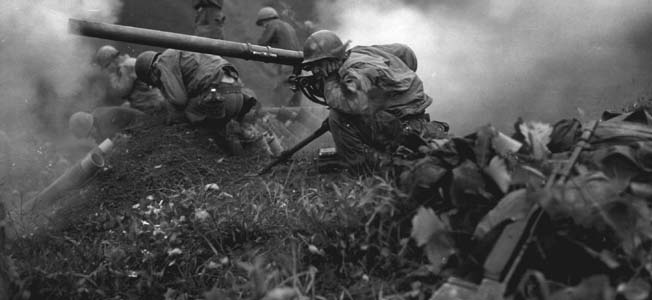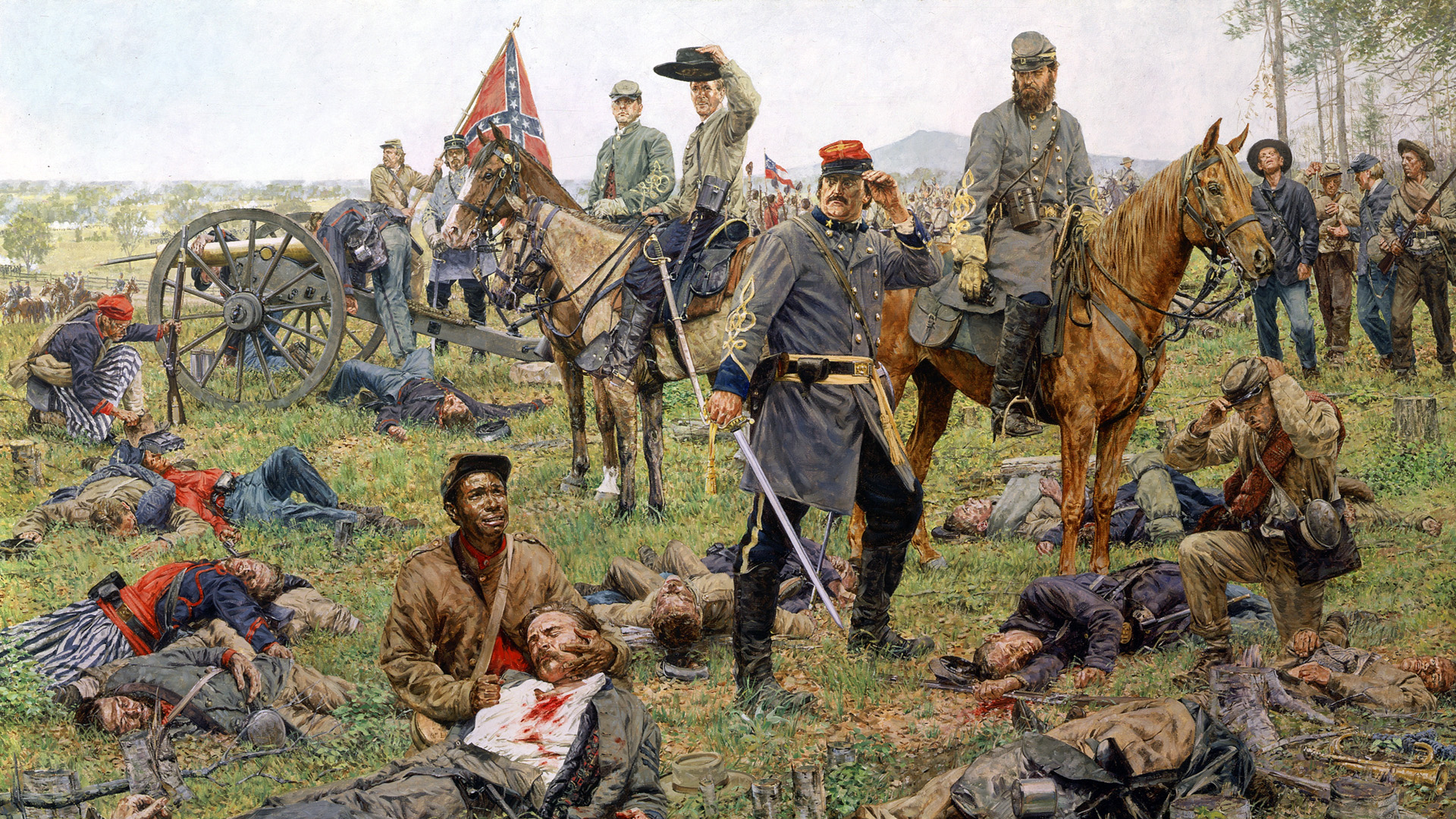by John Walker
Jennie Irene Hodgers was born in Ireland in 1843 or 1844 and sailed to New York with her family. She was already calling herself Albert D.J. Cashier when she turned up in Belvidere, Illinois, and enlisted in Company G, 95th Illinois Infantry, in 1862. At 5 feet, 3 inches tall, with a slender, lithe body and cropped hair, Hodgers looked and dressed like a young man from Ireland. Given the rudimentary physical exams of the time, she had no problem passing as a man.
It is estimated that some 400 women might have served at times in the Union or Confederate armies—for reasons of patriotism, adventure, or the desire to remain with a husband or lover—but Hodgers is unique in that she is the only woman known to have served to the end of the war undetected and to draw a military pension afterward. Not only did she live as a man before the war, but she continued to do so afterward as well.
[text_ad use_post=”455″]
Hodgers’s true gender wasn’t discovered until late in 1910, when her leg was broken in an automobile accident and she was examined in a hospital. Senator Ira Lish, who had backed his car over Hodgers accidentally while she was working in his driveway, swore the doctor who made the discovery to secrecy and used his political influence to obtain a room for Hodgers at the Illinois Veterans Home. She became Jennie Hodgers again only after she was transferred in 1913 to the former Watertown State Hospital and psychiatrists forced her to wear female attire. While she was confined, men from her old unit rallied to her defense, convincing the Federal Pension Board to rule in 1914 that she could continue to collect her pension as Private Albert Cashier.
Irene Hodgers at War’s End
Although the 95th Illinois compiled an impressive record as a hard-fighting unit, the young Irish lass apparently escaped the ravages of combat or disease. She was never wounded, seriously sick, or captured during the entire conflict. Cashier/ Hodgers reportedly made little effort to mingle with her peers, preferring to sit apart from the others smoking a pipe in contemplative silence. In return for assistance in tasks involving heavy lifting, she sewed on buttons and mended torn clothing. At war’s end she was mustered out with the remainder of her regiment on August 17, 1865, after serving three years and 11 days in the ranks and taking part in 40 battles.
Hodgers carried to her grave the reasons for her charade, but when she died in 1915 at the age of 72, the Grand Army of the Republic provided an impressive military funeral. She was buried in her Civil War uniform. On the headstone over her grave was inscribed the masculine name she had carried into battle and had borne throughout the better part of her life.









Join The Conversation
Comments
View All Comments